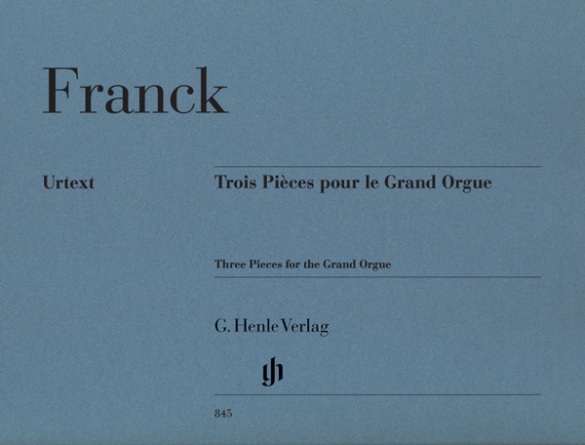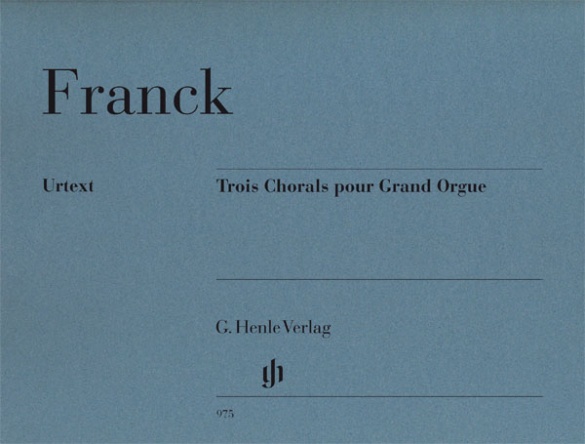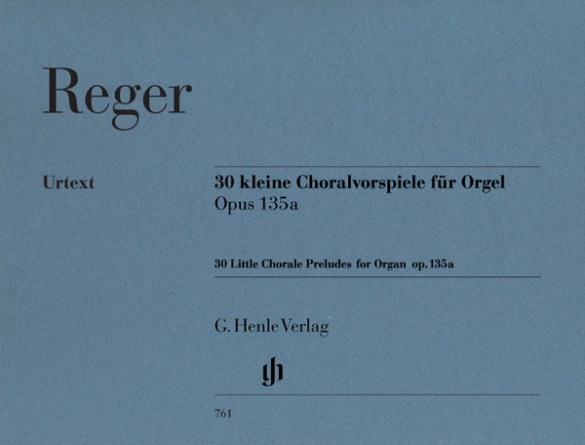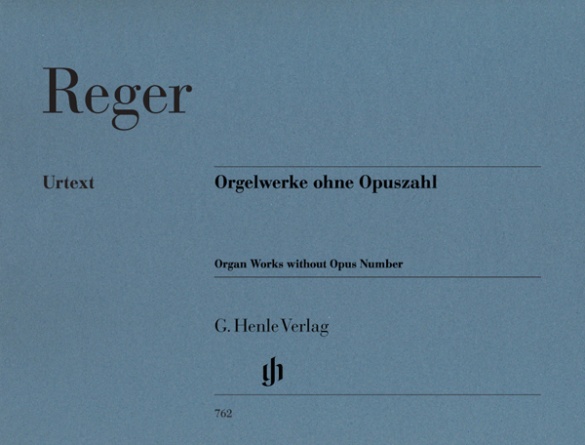César Franck
Trois Pièces pour le Grand Orgue
> The autograph score contains detailed instructions for the use of the stops. When the work was published five years later, Franck was already organist at the Ste. Clotilde Church and so the indications in the first edition referred to much smaller organs. Our edition makes the most of the opportunity to give both the musical text for the first edition as well as the original registration for the Trocadéro organ. Thus, Franck’s ideas for the way this magnificent work was to sound is illuminated in two different ways.
内容/詳細
作曲家について
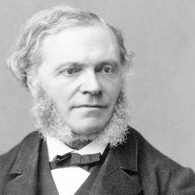
César Franck
Famous organist and composer who exerted a lasting influence on French music of the fin-de-siècle both through his works and especially as a teacher.
| 1822 | Born in Liège on December 10. |
| 1831 | Instruction in piano, organ, and composition at the Royal Conservatory of Liège. |
| 1835 | First stay in Paris, lessons with Reicha, among others. |
| 1837–42 | Studies at the Conservatoire de Paris. |
| 1839–42 | “3 Trios concertants,” Op. 1, in the first of which he employs the cyclic technique typical both of his later works and of French symphonic music of the 1880s. |
| 1843 | Concert tour through Belgium and Germany. |
| 1845 | Premiere of his oratorio “Ruth.” |
| 1847 | He becomes organist at Notre-Dame-de-Lorette |
| 1852–70 | He teaches at various institutions. |
| from 1857 | Organist at Sainte-Clotilde, location of one of the famous Cavaillé Coll organs. Composition of sacred works; 1856–65, “6 Pièces” for organ. |
| 1861 | Member of the Société académique de musique sacrée (Academic Sacred Music Society). |
| 1869–79 | Composes oratorio “Les Béatitudes.” |
| 1871 | Founding member of the Société nationale de musique. |
| 1872 | Teaches an organ class at the Conservatoire. Among his most famous pupils are Duparc, Chausson, and d’Indy, whose Course in Musical Composition (1906) is based on Franck’s compositional and formal principles. |
| 1881–88 | Genesis of the symphonic poems “Le Chasseur maudit” (“The Accursed Huntsman”), “Les Djinns,” “Psyché.” |
| 1878 | Premiere of his “3 Pièces pour le Grand Orgue” in the monumental style. |
| 1886 | Violin Sonata in A major; president of the Société nationale de musique. |
| 1886–88 | Symphony in D minor, one of the most formative works of French symphonic music of the age. |
| 1890 | Death in Paris on November 8. |
| 1894 | Posthumous premiere in Monte Carlo of his opera “Hulda.” |
製品安全に関する情報

G. Henle Verlag
製品の製造元に関する情報はこちらでご覧いただけます。G. Henle Verlag
Forstenrieder Allee 122
81476 München
info@henle.de
www.henle.com
Klare Empfehlung.
Kirchenmusik im Bistum Trier, 2014De partituur leest vlot en bevat in hoofdzaak de originele Franse toevoegingen, waardoor het notenbeeld gelukkig gevrijwaard is van overtollige vertalingen.
Orgelkunst, 2011Insgesamt eine sehr empfehlenswerte Edition.
Singende Kirche, 2009Der Notentext ist einwandfrei, das Stichbild – wie immer bei Henle – perfekt.
Kirchenmusikalische Mitteilungen, 2009おすすめ
autogenerated_cross_selling
このタイトルを含む他の版
このタイトルを含む他の版


